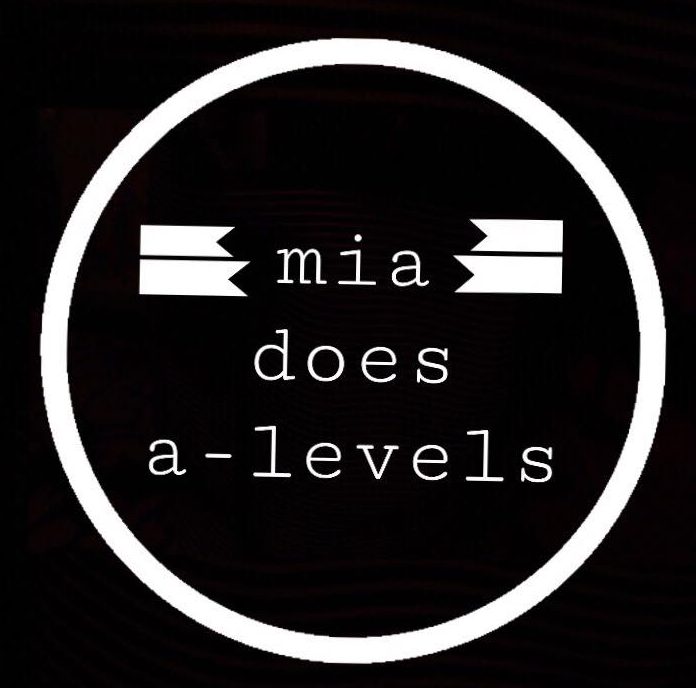Photosynthesis supplies living organisms with two essential requirements – energy supply and usable carbon compounds.
Autotrophs – organisms that are able to use an inorganic carbon source in form of carbon dioxide (eg.green plants)
Heterotrophs – organisms that require a ready made organic supply of carbon (eg.animals)
Organisms require energy for:
- anabolic reactions (eg. synthesis of polysaccharides from monosaccharides, lipids from glycerol and fatty acids, polypeptides from amino acids, and nucleic acids from nucleotides)
- the active transport of substances against diffusion gradient (eg.activity of the sodium–potassium pump)
- mechanical work (eg. muscle contraction) and cellular movement (eg.movement of cilia and flagella)
- bioluminescence and electrical discharge
What is ATP?
ATP – adenosine triphosphate consists of adenine which is an organic base and ribose which is a pentose sugar; making adenosine which is later combined with three phosphate groups to make ATP. ATP is water soluble which makes it easier to be transported.
When a phosphate group (hydrolysis) is removed ATP turns into ADP.
Conversion between ATP and ADP – phosphorylation.
For aerobic respiration to occur the cell needs to possess mitochondria.
Cellular Respiration
1.Glycolysis
What = formation of pyruvic acid from glucose
Where = cytoplasm of a cell
Splitting of glucose, it results in two molecules of pyruvate.
Glucose breaks down to hexose phosphate, which breaks down to hexose biphosphate, which breaks down to 2 molecules of triose phosphate. Hydrogen is then removed and transferred to NAD, producing two molecules of reduced NAD for each glucose molecule. The process produces 4 ATP molecules in total, in addition to the two molecules of reduced NAD, but requires 2 ATP molecules.
Glucose > Glucose-6-phosphate > Fructose-1-phosphate > Hexose-1,6-bi(s)phosphate > 2x Triose Phosphate > 2x Intermediate Compound > 2x Pyruvate
products of glycolysis – 2 ATP Molecules, 2 Pyruvate Molecules, 2 Molecules of Reduced NAD [NADH]
Pyruvate is then actively transported to the mitochondrial matrix for the link reaction
2.Link reaction
What = convert pyruvate into acetyl which is needed for the Krebs cycle
Where = mitochondrial matrix
Pyruvate from glycolysis is absorbed in the mitochondrion by active transportation. Mitochindrion contains enzyme in the matrix that removes the hydrogen and carbon dioxide from the pyruvate. NAD+ accepts the hydrogen that was removed from the pyruvate resulting in reduced NAD (NADH), the process is called oxidation; the removal of carbon dioxide from the pyruvate is called decarboxylation → oxidative decarboxylation. Pyruvate (which is now acetate because it lost the hydrogen and the carbon dioxide) and Coenzyme A combine to form AcetylCoenzymeA.
The link reaction must occur twice for each molecule of glucose being respired (as glycolysis produces 2 molecules of pyruvate).

3.Krebs cycle (citric acid cycle)
What = removal of hydrogen from pyruvic acid
Where = mitochondrial matrix
Acetate (from AcetylCoenzymeA) combines with a four-carbon compound (oxaloacetate) to form a six-carbon compound (citrate). The citrate is decarboxylated (carbon dioxide removed) and dehydrogenated (the hydrogen reduce both NAD and FAD),yelding carbon dioxide, hydrogen is accepted by NAD and and FAD resulting in NADH and FADH. ATP is produced via Substrate Level Phosphorylation. Oxaloacetate is regenerated to combine with another AcetylCoenzymeA.
Oxidative phosphorylations
Provides energy for the phosphorylation of ADP to ATP
Hydrogens picked by NAD and FAD are split into electrons and protons, electrons are passed along electron transport chain on the inner membrane of mitochondria while the hydrogen ions remains in the mitochondrial matrix. When an electron is transferred to oxygen, hydrogen ion will be drawn from the solution to reduce the oxygen to water.
Chemiosmosis – Electrons passing from higher carrier to low release energy making it available for ADP and a phosphate to ATP.
At the end of the chain, the electrons combine with the protons from which they were originally split and with oxygen to produce water. This is why oxygen is required in aerobic respiration, it acts as the final acceptor for the hydrogens removed during glycolysis, the link reaction and Krebs cycle.
Anaerobic respiration
In mammals
Pyruvate is dehydrogenated by Lactate Dehydrogenase producing lactic acid; it accepts 2 hydrogens allowing NADH to result in NAD and 2 hydrogens. NAD is reoxidised and it can accept 2 hydrogens in glycolysis; this allows the 2 ATPs to be released by glycolysis allowing mammals to continue to respire and produce ATP without oxygen.
In yeast
Pyruvate is decarboxylated via Pyruvate Decarboxylase making Ethanal. Ethanal accept to hydrogens from NADH and becomes Ethanol and reoxidizing NAD.
Respiratory Quotient
Volume of carbon dioxide per unit divided by volume of oxygen per unit type.

